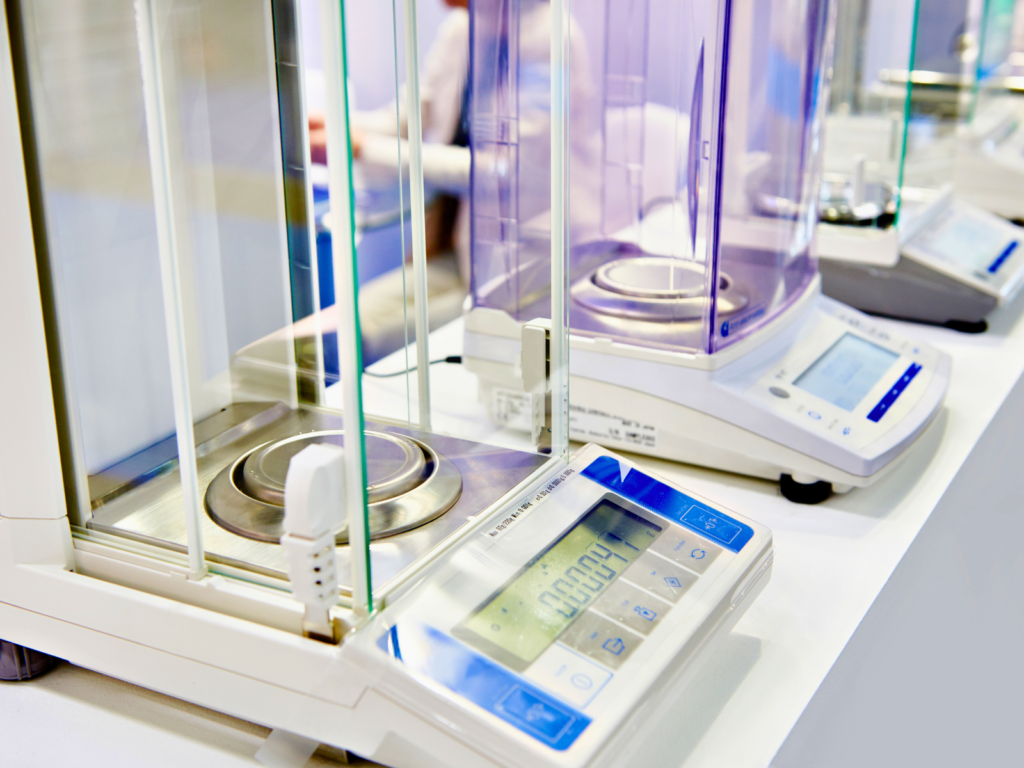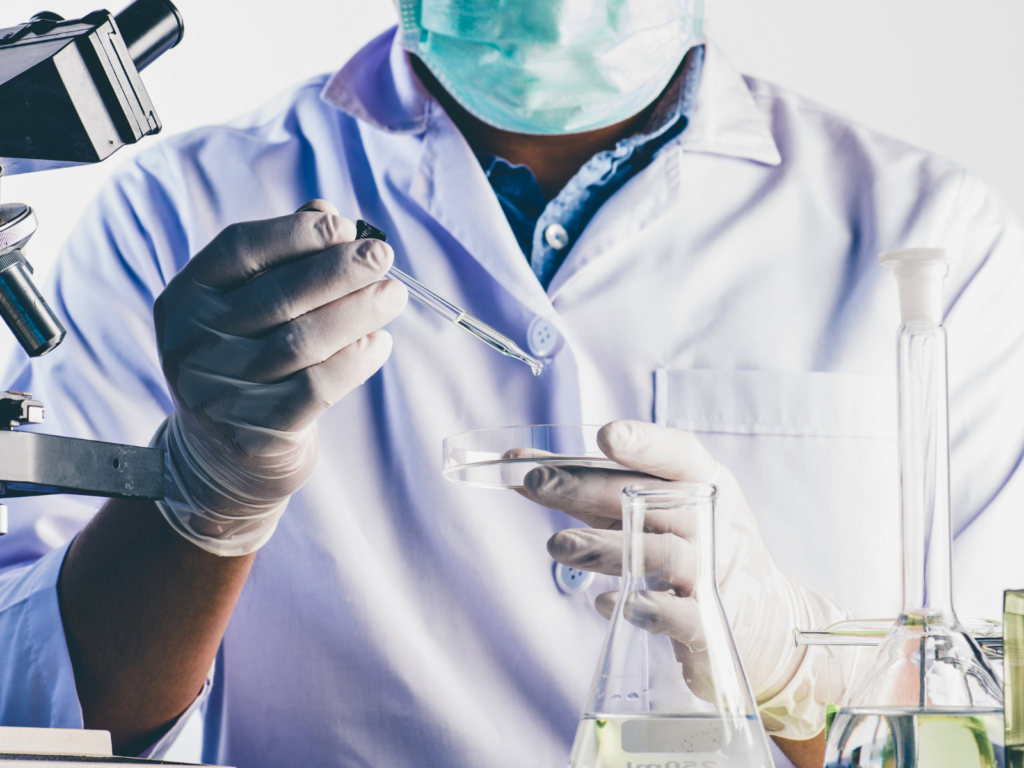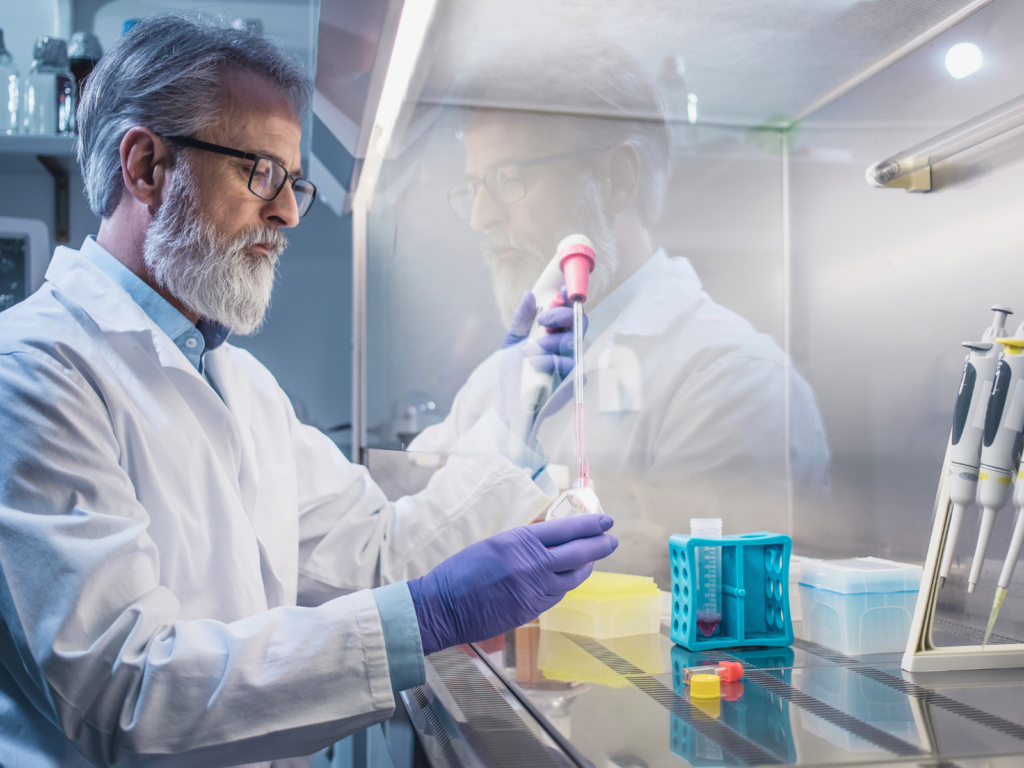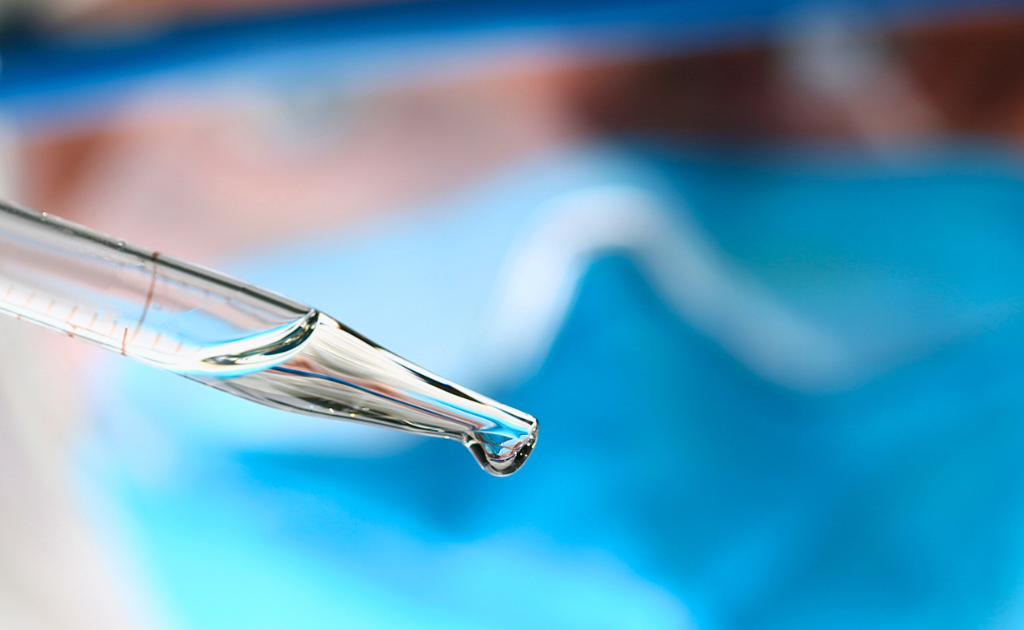In a variety of industries, including refineries, laboratories, and manufacturing facilities, temperature control is essential. It is common practice in many industrial operations to use industrial thermometers to measure temperature.
A temperature reading that is incorrect can disrupt the manufacturing process and cause considerable damage to product quality. Temperature control is essential for both quality and safety in a variety of industries, including food processing, pharmaceutical and petrochemical production.
Maintaining optimum temperature conditions is made possible by accurate thermometer readings. It is important to note, however, that thermometers can suffer drift over time, as can all other measurement instruments.
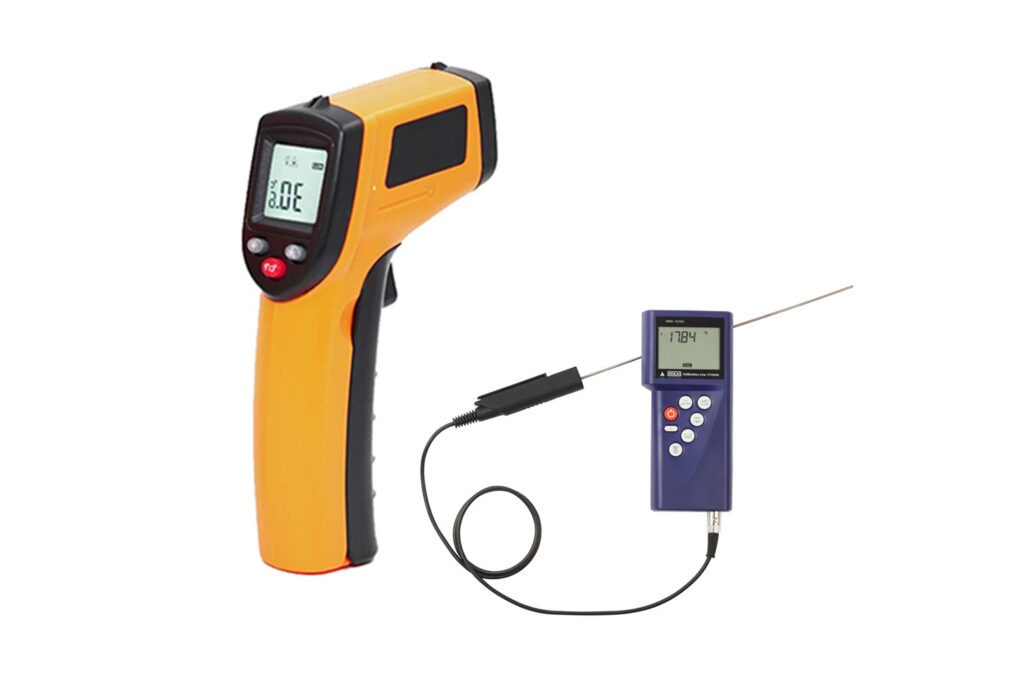
Liquid in Gas Thermometers (LIG)
When a LIG thermometer is heated, the liquid inside its bulb expands, forcing it into the capillary. Temperature is determined by the location of the liquid inside the capillary.
It is possible that the repeated heating and cooling cycles will cause stress to the bulb, resulting in slight changes in the bulb’s volume. Temperature readings can be inaccurate due to this ongoing expansion and contraction.
Digital Thermometers
The range of an ordinary thermometer is limited, and high temperatures can easily damage them.
Digital thermometers differ from ordinary thermometers in that they are equipped with thermocouples, which are used to measure a wide range of temperatures, including extremely high temperatures, with high accuracy.
• A digital thermometer consists of two metals that, when joined together, produce a small amount of voltage.
By calibrating a thermometer, the indications are updated, and the results of temperature measurements are restored to accuracy and reliability.
Thermocouples
In the industrial sector, thermocouples are one of the most commonly used types of temperature sensors. As well as being relatively inexpensive, they are also capable of measuring a wide range of temperatures and can be interchangeable.
The thermocouple wires may lose homogeneity for a variety of reasons, such as chemical exposure, exposure to temperatures above 200°C, or mechanical damage.
- Measurements of temperature will be inaccurate if uniformity is lost.
Thermocouples have numerous applications in industry and science, including the measurement of temperature in gas turbine exhaust, kilns, diesel engines, as well as a variety of other industrial processes. Calibration of thermocouples is necessary in order to ensure accurate measurements.
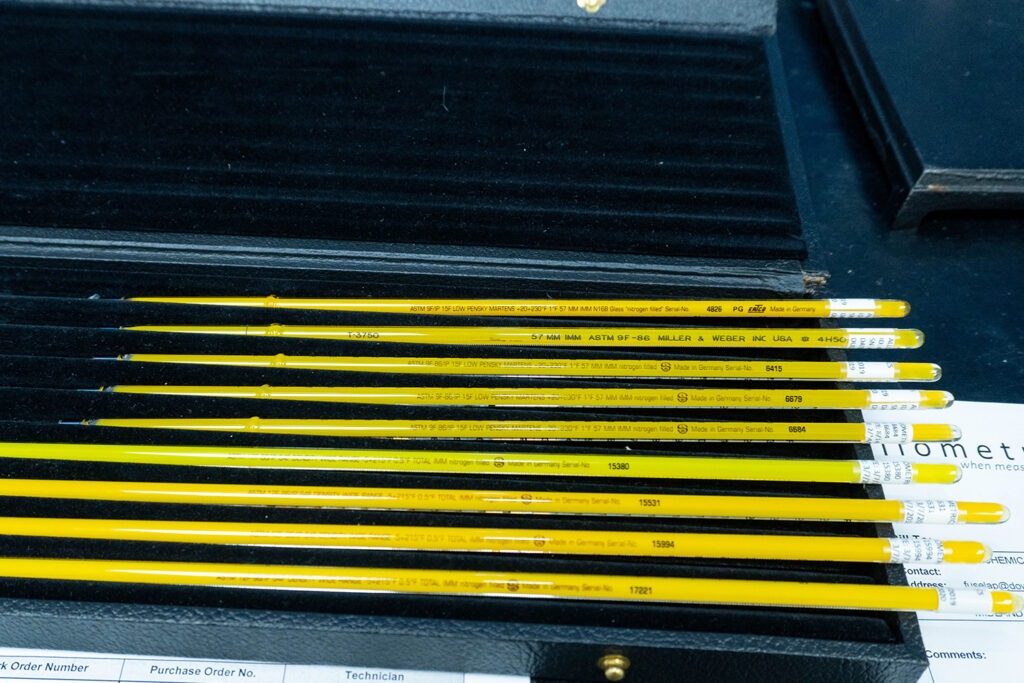
Types of Thermocouples
Thermocouple wires use different metal alloys. The combination of metals determines the type of thermocouple.
• Type K (chromel-alumel): These are the most common general-purpose thermocouples. Type K thermocouples offer a variety of probes in its -328 °F to +2462 °F (-200 °C to +1350 °C) range.
• Type J (iron–constantan): With a more restricted range compared to the Type K thermocouple, Type J probes are available in a range of -40 °F to +1382 °F (-40 °C to +750 °C). One added benefit is their higher sensitivity.
• Type N (Nickel-Chromium-Silicon/Nickel-Silicon) or (Nicrosil–Nisil): Designed to be an improvement of the type K, it is becoming increasingly popular. Type N thermocouples are highly stable and able to resist high-temperature oxidation. They are ideal for high-temperature usage exceeding 2192 °F (1200 °C).
• Type T Thermocouple (Copper/Constantan): The Type T is a very stable thermocouple often used in low-temperature applications such as cryogenics or ultra-low freezers. The type T has excellent repeatability between –380 °F to 392 °F (–200 °C to + 200 °C)
The Need for Regular Calibration
To maintain compliance requirements for most quality programs, including ISO 9000, regular calibration intervals and updated document traceability to NIST are imperative.
Calibration intervals vary depending on:
• Manufacturer Specifications
• Frequency of Use
• Usage Temperature Ranges
• Direction from Regulatory Agencies
• Quality System Compliance Requirements
A calibration interval of one year is recommended for the majority of industrial and laboratory applications.
Compliance Requirements
The need to maintain compliance requirements for most quality programs is based on regular calibration intervals and updated document traceability to NIST.
Expert Calibration Services
As a leading calibration service company, we have been calibrating instruments, tools, and equipment for over 40 years.
After the calibration is complete, we issue a new NIST Traceable certificate of calibration. This certificate is guaranteed to meet the following quality standards and requirements:
• ISO/IEC Guide 25
• ISO/IEC 17025 (when accredited calibration is specified)
• The FDA
• The EPA
• ISO 9000
• QS 9000
Our Services Include:
• Industrial Liquid-in-Glass Thermometer Calibration Solutions
• Food Thermometers & Digital Thermometer Calibration
• Infrared Thermometer Calibration
• Platinum Resistance Thermometer Calibration (PRT Calibration)
• Resistance Thermometer Calibration (RTD Calibration)
• NIST Traceable
• Accredited Temperature
• Dostmann Calibration
• IR THERMOMETER
• TYPE K
• TYPE J
• TYPE T
• TYPE N
• K TYPE
• T TYPE
• N TYPE
• J TYPE
• FAHRENHEIT
• CELSIUS
• KELVIN
• RANKIN

